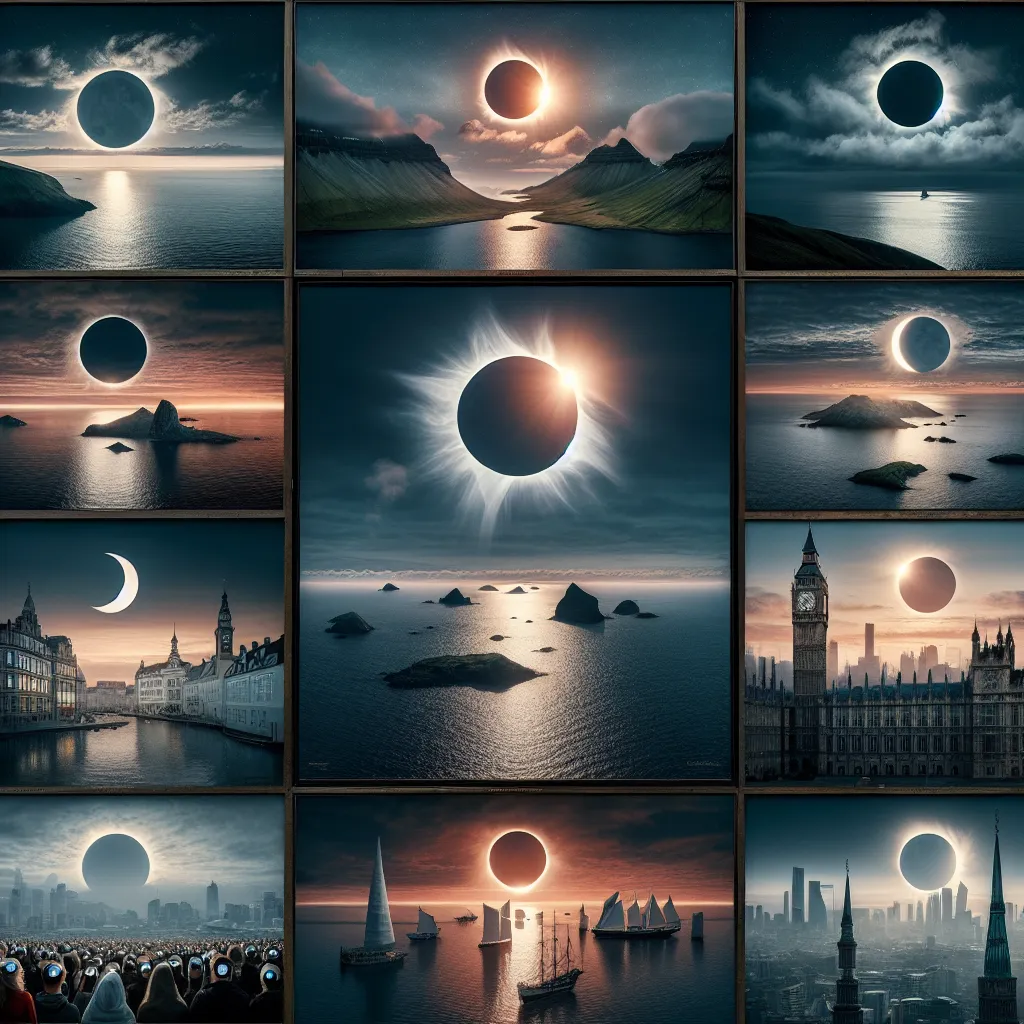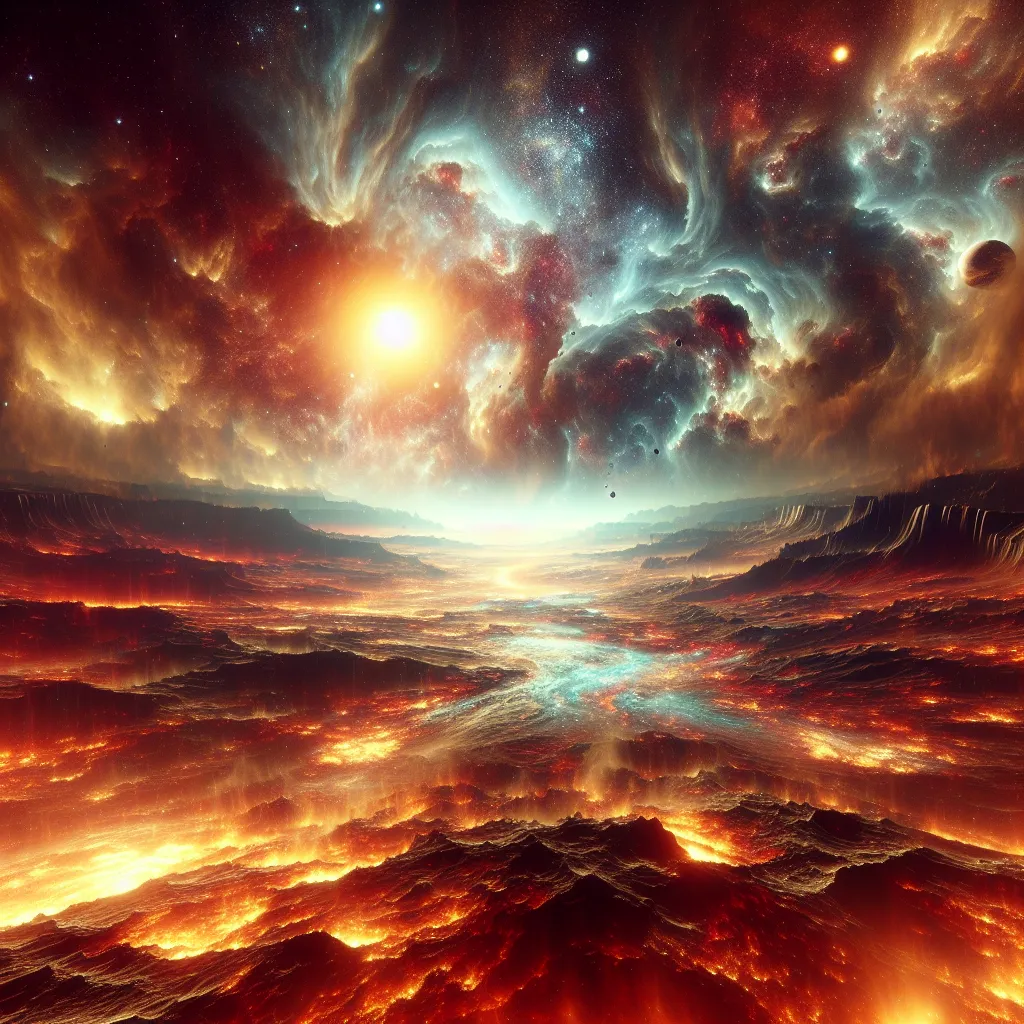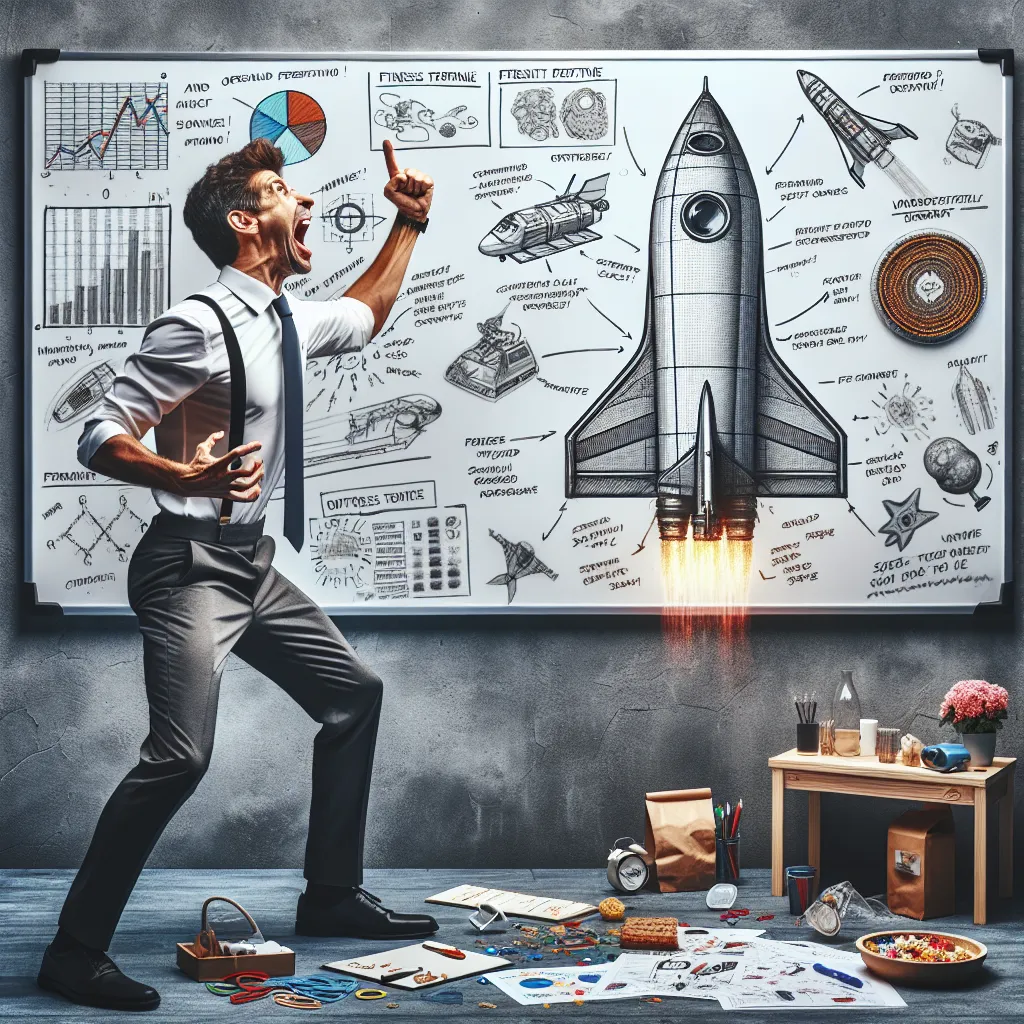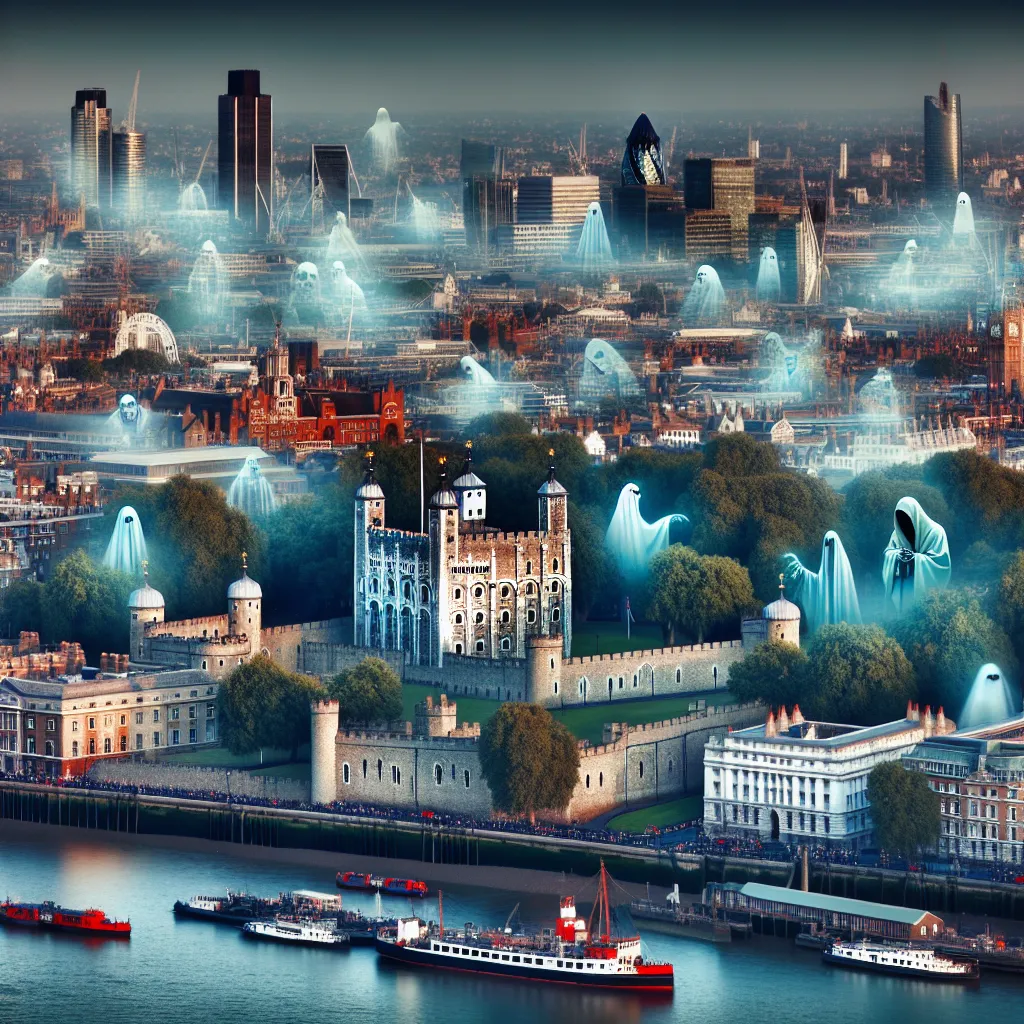Hey there, it’s Nigel from “Nigel Goes to Space.” Today, I’m super excited to share some mind-blowing news from the outer edges of our solar system. The New Horizons spacecraft recently flew past Pluto, sending back data that’s leaving scientists both puzzled and amazed.
Let’s take a step back and get some perspective on Pluto. Discovered by American astronomer Clyde Tombaugh in 1930, Pluto was always known to be small. Over the years, precise measurements have revealed it’s even tinier than we initially thought. Imagine Earth is a melon, and our Moon is an apricot. Pluto, in this analogy, would be no bigger than a large cherry.
In 2006, Pluto was reclassified as a dwarf planet by the International Astronomical Union. It has a relatively large moon named Charon, about half its size. Before New Horizons, that’s pretty much all we knew—Pluto, this small world beyond Neptune with an unusually big moon.
Fast forward to 2006, the New Horizons spacecraft was launched to explore this distant world. It was the fastest object ever sent into space, traveling at a speed of 60,000 kilometers per hour, roughly 30 times faster than a speeding bullet!
After nine and a half years in space, all systems were still functioning perfectly. In July, as New Horizons zoomed past Pluto, the anticipation was electric. The data it sent back the next day was jaw-dropping. Even as the spacecraft approached, we could see various dark and bright areas on Pluto’s surface, hinting at an intriguing world.
One of the most fascinating features is a bright, heart-shaped region named Tombaugh Regio, after Pluto’s discoverer. Surrounding this heart, there are towering ice mountains, as high as those in the Alps, but made entirely of frozen water.
Then there’s Charon. Unlike our crater-covered Moon, Charon has massive cracks and canyons, one of which is deeper and larger than the Grand Canyon. At its pole, there’s a mysterious dark area dubbed “Mordor,” possibly containing materials that could hint at the building blocks of life.
These discoveries are shaking our previous assumptions. We thought both Pluto and Charon would be dead worlds, frozen solid due to their distance from the Sun. Instead, New Horizons has revealed an unknown, active geology. Both bodies show signs of internal energy, but what fuels this energy remains a mystery.
Over the next 16 months, New Horizons will continue to send back data, providing us with more insights into these enigmatic worlds at the edge of our solar system.
Back here on Earth, don’t miss the celestial show this August. Our planet is moving through a trail of debris from the Swift-Tuttle comet, which results in the Perseid meteor showers. The best night to catch these shooting stars is on August 12th.
Thanks for tuning in. Stay connected for more updates on Pluto, Charon, and the wonders of space. Feel free to send your space-related questions my way. Don’t forget to subscribe to “Nigel Goes to Space” for all things cosmic!






